Milestones
IMMERSE YOURSELF IN THE HISTORY OF KATAG AG!
WOULD YOU LIKE TO START AT THE FIRST MILESTONE?
CLICK HERE
2023
Anniversary
KATAG AG is celebrating its 100th anniversary. With 100 years of valuable experience, the company is a significant and essential part of the fashion industry, serving as a crucial interface for retail and the brand industry. The company's passion and commitment, combined with the trust of partners and customers, make this success story possible.
BEPI
Starting this year, KATAG AG has been utilizing the Business Environmental Performance Initiative (BEPI) service by amfori to further expand its corporate sustainability efforts. Amfori BEPI is an initiative for retailers, importers, and trade brands aiming to enhance environmentally oriented performance in their global supply chains. This is achieved by supporting all product sectors in all countries to minimize their environmental impacts through improved environmental practices.
KATAG Sustainability Index
Transparency in Sustainability: The KATAG Sustainability Index has been providing transparency on the sustainability of brands since this year. Exclusively designed for participating retailers and brand suppliers, this B2B solution offers comprehensive insights into the sustainability of fashion brands. The index involves a standardized presentation of detailed data in an easily understandable format.
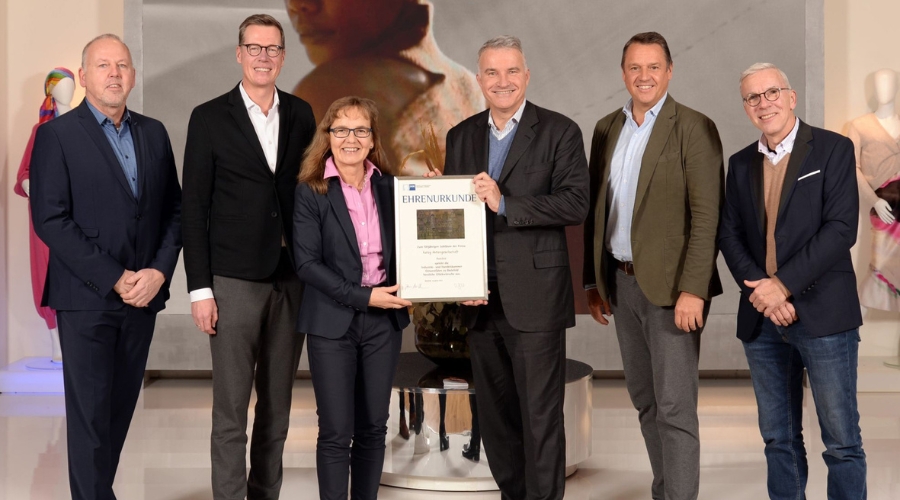

2020
Sustainable. Timeless. Relaxed. These are the values of the newly established in-house brand of KATAG AG, "THE FASHION PEOPLE." The brand's objective is to create timeless products for eternity, thereby contributing to the well-being of nature and humanity – all under the motto "Together we can make a change!
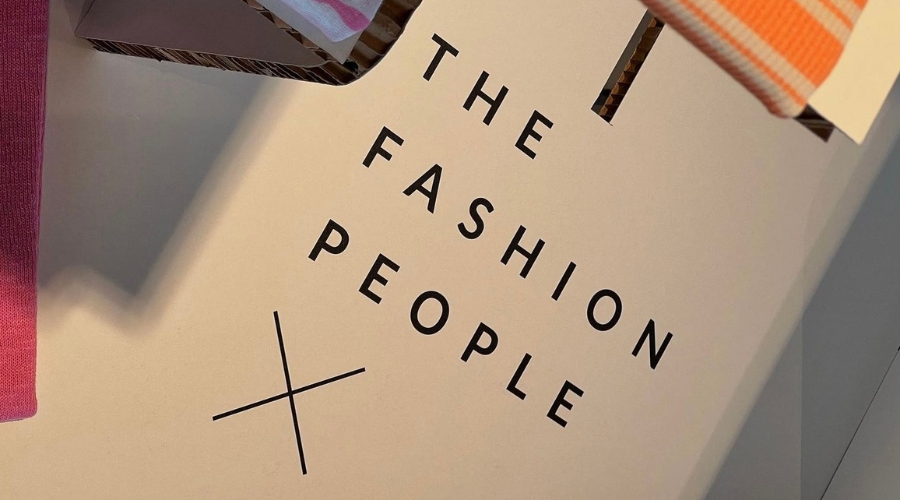
2017
JETTE by STACCATO
KATAG AG and JETTE JOOP continue their collaboration: The licensing agreement established since 2012 is extended and now includes the KIKO line.
GOTS
The Global Organic Textile Standard (GOTS) defines comprehensive requirements along the entire production and value chain. The GOTS label guarantees strict environmental criteria and social standards, from the cultivation of raw materials to manufacturing and assembly. KATAG AG has been gradually incorporating this label into its in-house brand collections since 2017.
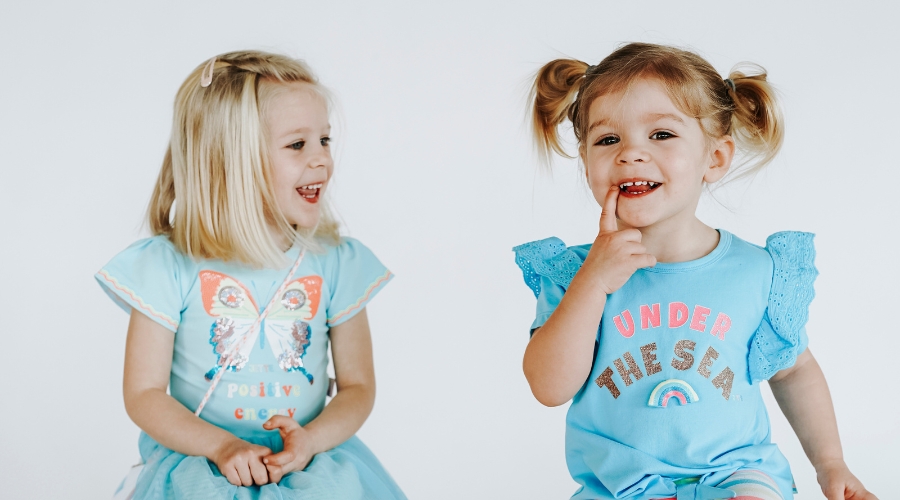
2013
Since March 2013, KATAG AG has been a member of amfori BSCI. Through this, KATAG commits to collaborating with suppliers who adhere to the amfori BSCI Code of Conduct, ensuring responsible production towards people and the environment throughout the value chain. These criteria are verified and ensured through regular supplier audits.

2012
Since the beginning of 2012, the company has positioned itself in the premium segment with the new Cashmere line (THE MERCER) N.Y. and the Jette Outdoor collection designed by Jette Joop. According to Terberger, the goal is to sharpen the company's profile and strengthen margins for its partners with these brands.

2010
Today, KATAG AG manages approximately 1,300 locations with its merchandise and marketing concepts. In 2010, KATAG achieved a turnover of €803 million. The growth is driven by KATAG's vertical brand concepts such as BASEFIELD MEN and WOMAN, COMMANDER, IN LINEA FIRENZE, CLARINA and STACCATO.
Establishment of KATAGprofession – Occupational clothing with design standards. KATAGprofession encompasses an extensive service portfolio for national and international large enterprises. From individual CI design to production, orders, online shops and the delivery of high-quality workwear.
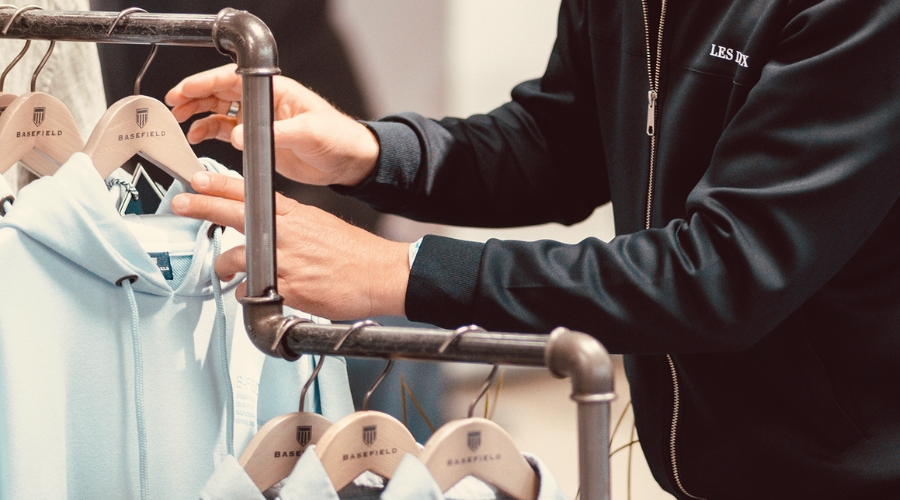
2000
Dr. Daniel Terberger, the son of former CEO Dr. Hans-Hermann Terberger, succeeds Dr. Marcus Cremer as the spokesperson for the executive board. The promotion of mid-sized retail structures in the textile industry continues to be the guiding principle for the new leadership of the family-owned company KATAG.
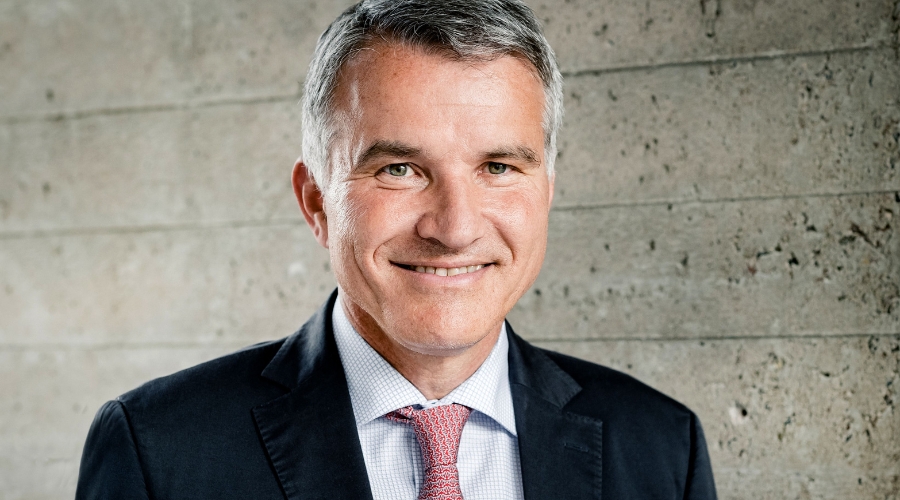
1999
The merger with abz positions KATAG AG as the largest network in the textile and clothing industry.

1998
The 75th anniversary of KATAG AG is joyfully celebrated at the Bielefeld City Hall.

1994
Leadership change: Karl-Heinz Manhardt moves to the supervisory board and Dr. Marcus Cremer takes over as the new leader. Dr. Hans-Hermann Terberger steps down as the chairman of the supervisory board.

1990
Board members Karl-Heinz Manhardt and Manfred Reinhardt organize an initial information event in Rostock.
By 1997, KATAG AG has 31 contract partners at 59 locations in the new federal states.
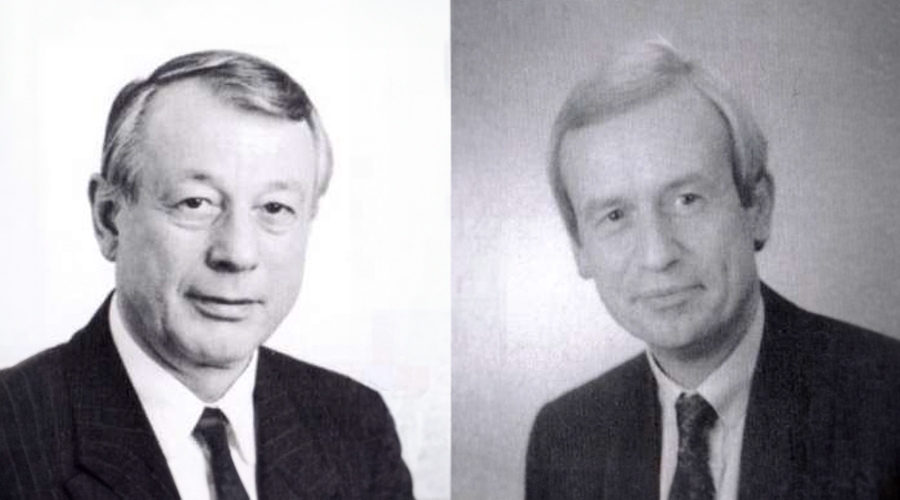
1983
A generational change occurs at the top: Dr. Hans-Hermann Terberger moves to the supervisory board, and Karl-Heinz Manhardt is appointed as the spokesperson for the KATAG executive board.
The internal organization and external appearance of KATAG undergo transformations.

1976
The location in downtown Bielefeld is replaced by a larger new building on Stralsunder Straße. The excellent transportation connections and spacious facilities for order appointments significantly increase visitor frequency.
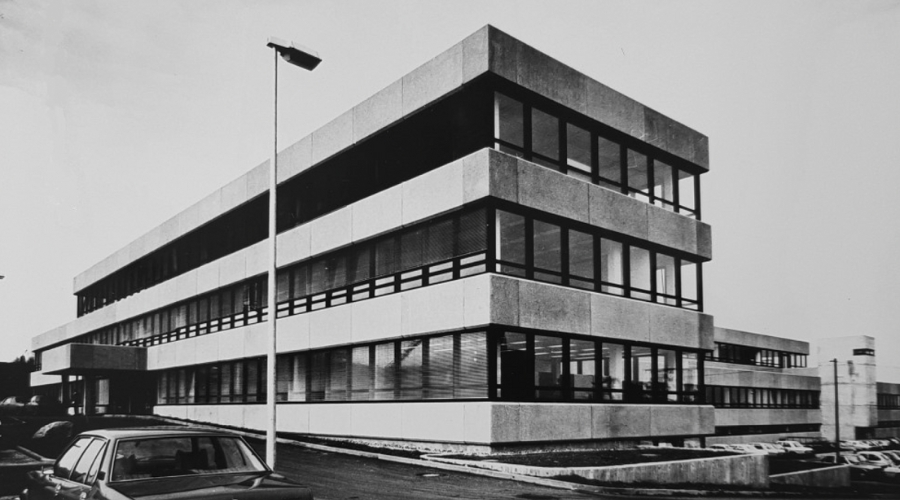
1973
The 50th anniversary of the company is celebrated during a large corporate meeting in the presence of all family shareholders, with strong public participation and numerous business associates in attendance.
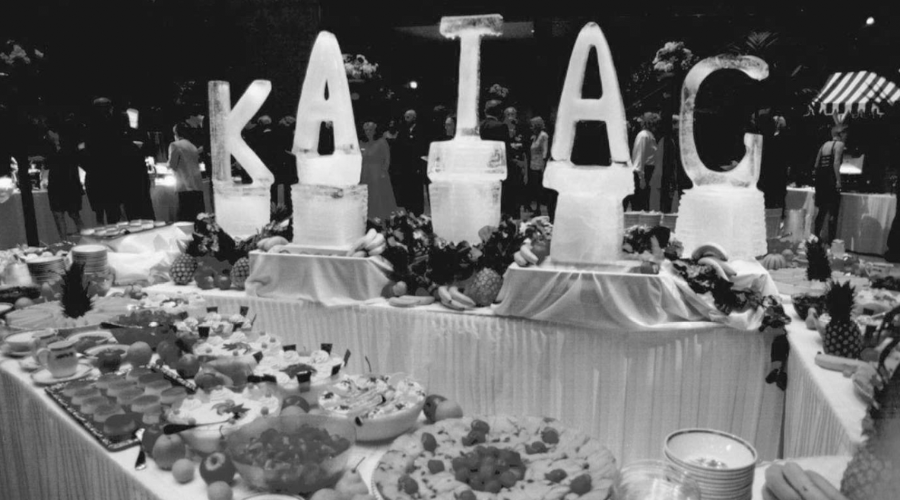
1970
At the age of 75, Wilhelm Terberger passes away and his nephew, Dr. Hans-Hermann Terberger, who has been on the KATAG board since 1958, takes over the role of CEO.

1959
After various locations, KATAG AG moves to a new building in downtown Bielefeld. In the sixties, the company continues to expand:
By 1970, the external turnover increases to around 1 billion German Marks.
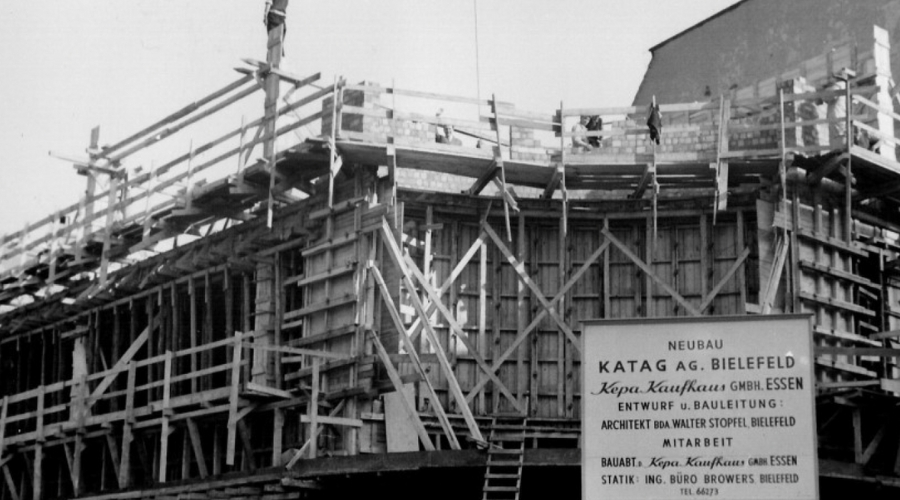
1954
The management resumes its work in Bielefeld's Stresemannstraße.
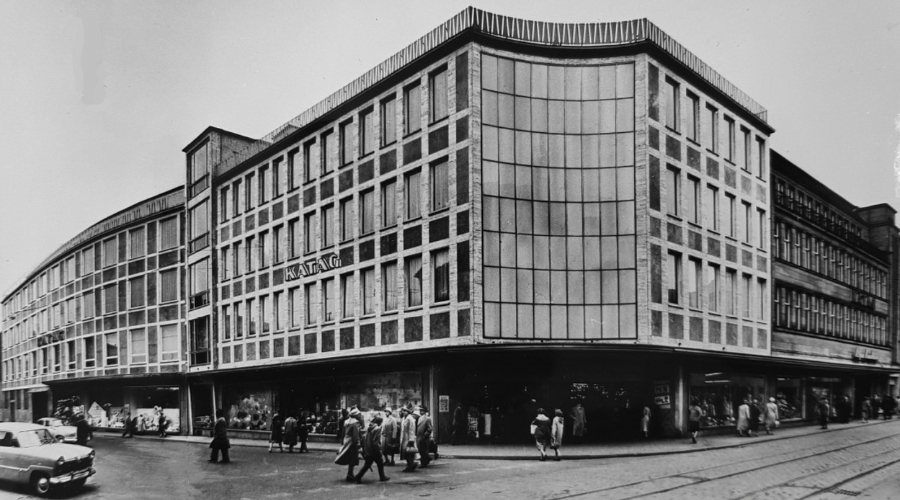
1953
The KATAG building on Sudbrackstraße is prepared for the laundry factory.
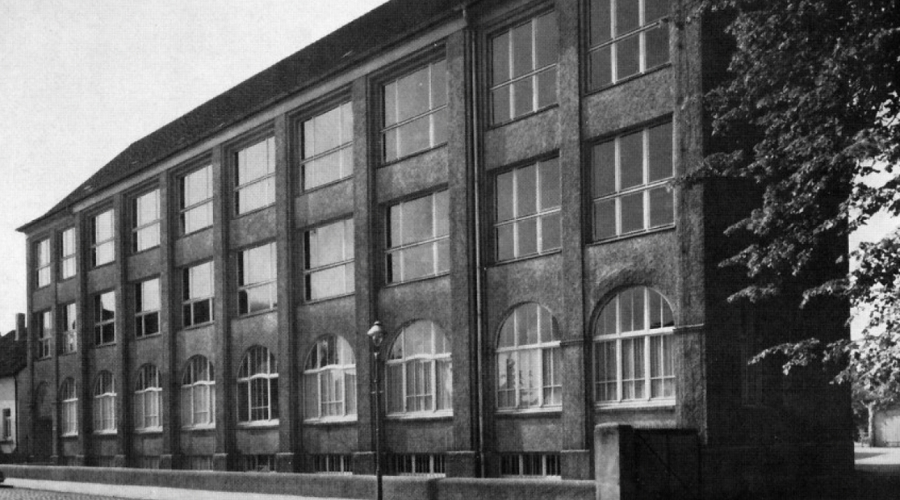
1937-1948
In the 1930s, the effects of the Nazi terror regime become apparent. As the situation escalates, the shareholders decide to sell their shares in Katz & Michel Textil-AG, a process referred to by historians as "Arisierung" (Aryanization). By a purchase agreement dated March 5, 1937, all shares are transferred to the ownership of the Banning-Berckemeyer-Terberger family.
In 1944,all buildings of KATAG AG are destroyed by bombs during World War II.
In 1945, the war comes to an end and the reconstruction begins. By early 1948, KATAG Bielefeld has about 240 employees and more than 100 contract partners.
A currency reform takes place in the three western occupation zones in 1948. As a result, the KATAG branches in the eastern zones are closed during the course of 1949.

1927-1934
In 1927, purchasing branches are opened in Chemnitz and Plauen/Vogtland.
The name of the purchasing association is changed to Katz & Michel Textil-Aktiengesellschaft according to the general meeting in 1928. In the same year, the company acquires the factory property of the men's underwear factory Gebr. Hirschfeld AG on Sudbrackstraße.
In 1929, Katz & Michel Textil-Aktiengesellschaft opens a purchasing center in Berlin: initially at Hausvogteiplatz and from 1931, in Leipziger Straße.
The Jewish founder and chairman of the supervisory board, Benno Katz, passes away in 1934 at the age of 60. His son, Willi Katz, is appointed to the supervisory board and elected chairman.
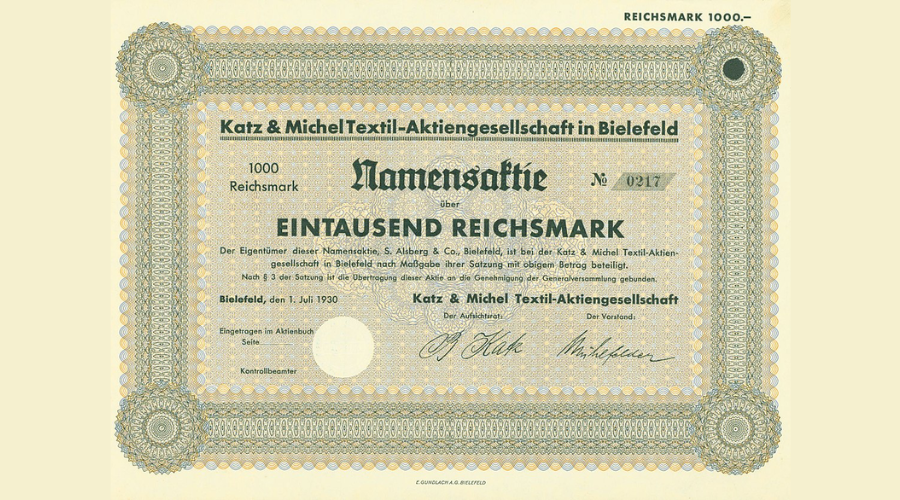
1923
On January 22, 1923, Benno Katz establishes Katz Textil-Aktiengesellschaft with its headquarters in Bielefeld.
On April 1, 1923, the company establishes its own laundry factory and its products are marked with the trade name KATAG. (A printing press for the production of forms and business papers had already been set up.)
The foundation in terms of construction is laid one year later on April 1, 1924, with the move to a five-story building on Stresemannstraße.
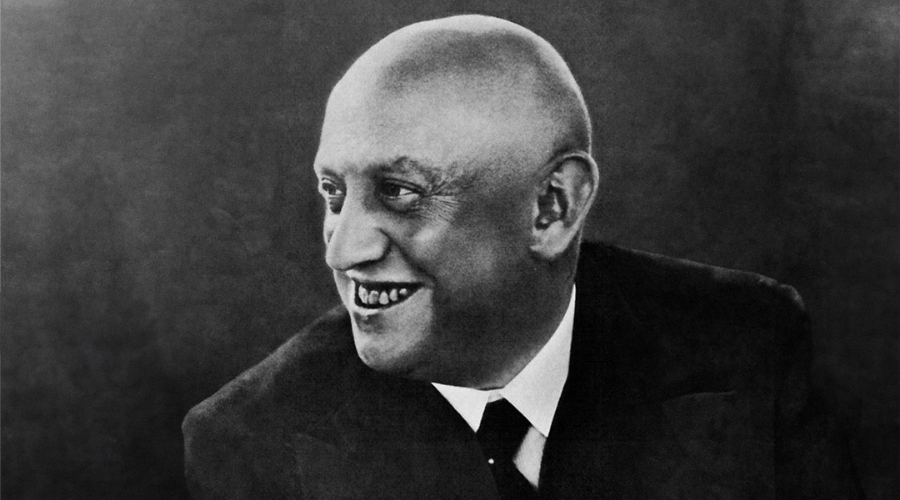
BACK TO TOP
BACK TO HOMEPAGE
